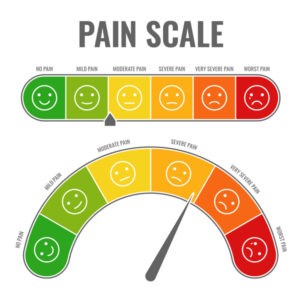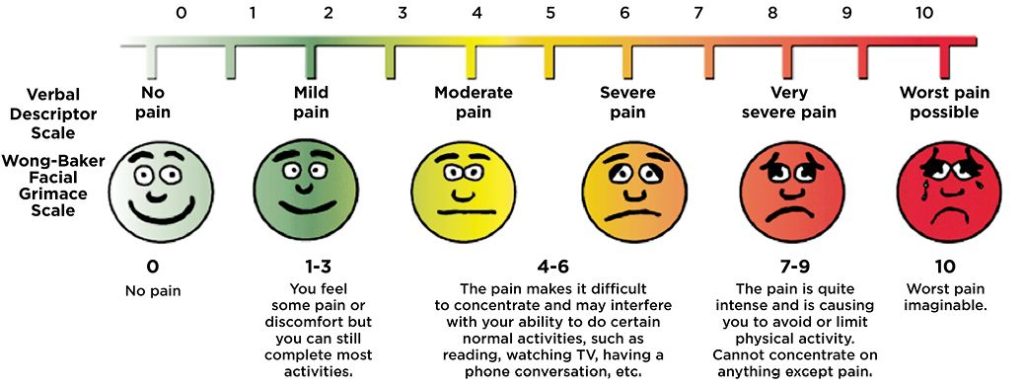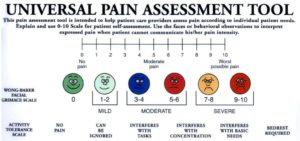Reduce period pain
Painful periods or menstrual cramps, is pain during menstruation. The technical name is dysmenorrhea. It normally occurs around the time that menstruation begins, and symptoms typically last less than three days. The pain is usually in the pelvis or lower abdomen. Other symptoms may include back pain, diarrhea or nausea.
Wikipedia says “Dysmenorrhea occurs less often in those who exercise regularly and those who have children early in life. Treatment may include the use of a heating pad. Medications that may help include NSAIDs such as ibuprofen. ”
In severe cases and in many countries, then hormonal birth control and the IUD with progestogen are effective but they are not cheap or many do not want to go on the pill at an early age.
In a study in Spain with university students [11] over 75% had dsymenorrhea. Most (90.5%) students with dysmenorrhea used pharmacological treatment, and 80% self-medicated. Its a major problem among youth today and impacts their quality of life. While physical activity may alleviate symptoms, other complementary treatments that work, should be promoted at all study and workplaces.
Katies Experience. Pain from 9 to a 1
Katie is a student in Davao, Philippines. She’s suffered dysmenorrhea for over 5 years. Her pain was sometimes so bad she failed assignments or examinations. She was encouraged to eat Pacific Seamoss. In one month her pain went from a 9 to a 1.



Y DOES SEAWEED REDUCE PERIOD PAIN?
We don’t know specific reasons why Katies period pain went from she says was 11 to a 1. The first month – surprise. The second. Wow. This might work. Third month. All with a pain scale of 1. Why?
VITAMINS AND MINERALS REDUCE PERIOD PAIN
Theres good research that Vitamins and minerals do help for painful periods. Seaweed is packed full of vitamins and minerals. A daily serve of 4.2g of dry seaweed includes:
- Potassium: 30% of RDA (Recommended daily allowance)
- Vitamin A: 30%RDA
- Vitamin C: 30%
- Vitamin B – especially B1, B3 and B6: 10%
- Iodine: 15%
- Iron: 9%
- Magnesium: 6%
- Seaweed is full of trace elements such as selenium (elements in this table)
IMPROVEMENT IN GUT HEALTH
Seaweed is an effective pre-biotic and changes the gut bacteria. That is demonstrated in animal studies, and work is underway to check what happens in humans.
- Has 5% of daily dietary fibre
- Low energy but high insoluble carbohydrate to provide that pre-biotic improvements.
CHANGES IN HORMONAL SYSTEMS
- Seaweed has impact on oestrogen levels and has been researched for breast cancer. Professor Teas didn’t know exactly what is going on. She concluded seaweed assists in stabilizing hormonal levels.
Pilot trials and clinical trials are in the planning stage to see how how clinically effective seaweed is.
ACNE IMPROVEMENT
A Korean herb Gyejibongneyong-hwan or the Guizhi Fuling Formula in Chinese, is widely used to treat uterine fibroids in East Asian countries including Korea, China and Japan but recent studies are underway to assess the efficacy and safety of the herbal formula for the treatment of primary and secondary dysmenorrhoea. What is interesting is that also is used to reduce acne; and other trials are underway to see if it improves acne.
Seaweed may also as well and we will follow those who take Pacific Seamoss and see if there is a reduction.
REFERENCES
[1] J. Teas, J. R. Hebert, J. H. Fitton, and P. V. Zimba, “Algae–a poor man’s HAART?,” Medical Hypotheses, vol. 62, no. 4, pp. 507-510, 2004. (Science Direct)
[2] E. M. Brown et al., “Seaweed and human health,” Nutrition reviews, vol. 72, no. 3, pp. 205-216, 2014.
[3] A. Farah Diyana, A. Abdullah, Z. Shahrul Hisham, and K. Chan, “Antioxidant activity of red algae Kappaphycus alvarezii and Kappaphycus striatum,” International Food Research Journal, vol. 22, no. 5, 2015. (Google Scholar)
[4] S. Wanyonyi, R. Du Preez, L. Brown, N. A. Paul, and S. K. Panchal, “Kappaphycus alvarezii as a food supplement prevents diet-induced metabolic syndrome in rats,” Nutrients, vol. 9, no. 11, p. 1261, 2017. (Nutrition)
[5] Teas, J. et al. Could dietary seaweed reverse the metabolic syndrome? 145–157 http://apjcn.nhri.org.tw/server/APJCN/18/2/145.pdf (2009).
[6] du Preez, R. et al. Carrageenans from the Red Seaweed Sarconema filiforme Attenuate Symptoms of Diet-Induced Metabolic Syndrome in Rats. Mar. Drugs 18, 97 (2020).
[ 7] American College of Obstetricians and Gynecologists (Jan 2015). “FAQ046 Dynsmenorrhea: Painful Periods” (PDF).
[8] Wong CL, Farquhar C, Roberts H, Proctor M (October 2009). “Oral contraceptive pill for primary dysmenorrhoea”. The Cochrane Database of Systematic Reviews (4): CD002120. doi:10.1002/14651858.CD002120.pub3. PMID 19821293.
[9] Jung J, Lee JA, Ko MM, et al Gyejibongneyong-hwan, a herbal medicine for the treatment of dysmenorrhoea with uterine fibroids: a protocol for a randomised controlled trialBMJ Open 2016;6:e013440. doi: 10.1136/bmjopen-2016-013440
[10] Kim KI et al Effects of herbal medicine for dysmenorrhea treatment on accompanied acne vulgaris: a study protocol for a randomized controlled trial.BMC Complement Altern Med. 2017 Jun 17;17(1):318. doi: 10.1186/s12906-017-1813-1. (Pubmed)
[11] Fernández-Martínez E, Onieva-Zafra MD, Parra-Fernández ML. 2019 The Impact of Dysmenorrhea on Quality of Life Among Spanish Female University Students. Int J Environ Res Public Health. 2019 Feb 27;16(5). pii: E713. doi: 10.3390/ijerph16050713. (Pubmed)
[12] Anastasakis, Eleftherios & Kingman, C & Lee, CA & Economides, D & Kadir, Rezan. (2008). Menstrual problems in university students: An electronic mail survey. In vivo (Athens, Greece). 22. 617-20. (Researchgate)

